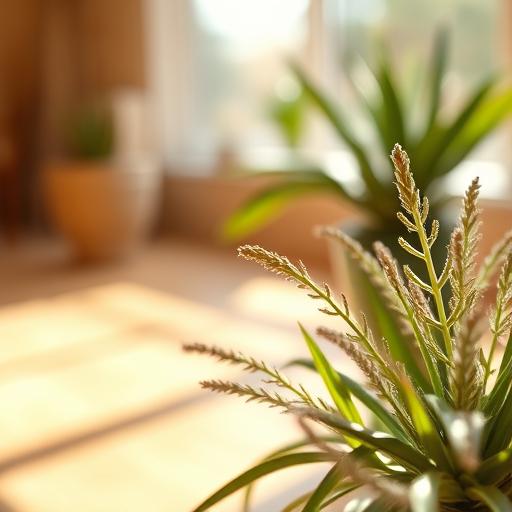Why Great Photos Sell Homes Faster
First impressions are everything in real estate, and your listing photos are the digital handshake with potential buyers. Before they read a single word of your description, they are swiping through images, forming an opinion, and deciding if a property is worth their time. High-quality photos not only attract more clicks but also help buyers emotionally connect with a space, imagining themselves living there. It’s a powerful tool, and with a few key pointers and some help from top rated lightroom presets, you can make every listing a showstopper.
Think about it from a buyer’s perspective. Dark, blurry, or crooked photos suggest a lack of care and can make a property feel unappealing, even if it’s a gem in person. On the other hand, bright, crisp, and well-composed images build trust and perceived value. Investing a bit of time in your photography can lead to more showings, quicker offers, and a higher final sale price. It’s one of the best returns on investment for your marketing efforts.
Tip #1: Let There Be Light! (Natural Light is Your Best Friend)
The number one rule of real estate photography is to use natural light whenever possible. Open every blind, curtain, and shutter to let the sunshine pour in. A bright, airy room feels larger, cleaner, and more inviting. Plan your photoshoot for a time when the light is best, which is often mid-morning or early afternoon to avoid the harsh shadows of midday or the dimness of evening.
While natural light is king, don’t forget to turn on every single lamp and overhead light inside the house. This technique adds warmth and dimension, filling in any dark corners that daylight can’t reach. The combination of natural and artificial light creates a beautifully balanced and welcoming look that buyers love.
Tip #2: Angles Are Everything
How you frame your shot can dramatically change the perception of a room’s size and layout. The go-to pro move is to shoot from a corner or doorway. This vantage point allows you to capture more of the room in a single frame, making it feel more spacious and providing a clear view of its flow.
Keep your camera straight! Nothing screams “amateur” like a crooked photo with distorted vertical lines. Use a tripod to maintain a consistent height—usually around chest level—and ensure your lines are straight. This simple discipline gives your photos a polished, professional appearance and presents the property accurately and attractively.
Tip #3: Declutter and Stage for Success
You’re selling the house, not the seller’s personal belongings. Before you take a single picture, do a thorough decluttering sweep. This means clearing off kitchen and bathroom counters, removing family photos, hiding refrigerator magnets, and tucking away any personal clutter. The goal is to create a clean, neutral canvas.
A depersonalized space allows potential buyers to envision their own lives and furniture in the home. You want them to focus on the beautiful countertops, not the toaster and coffee maker. A little light staging, like a bowl of fresh fruit on the counter or a few neatly folded towels in the bathroom, can add a touch of warmth without creating a distraction.
Tip #4: Get the Right Gear (Without Spending a Fortune)
While today’s smartphones have amazing cameras, a dedicated camera will give you much more control and better quality. A basic DSLR or mirrorless camera with a wide-angle lens (around 16-24mm) is the standard for real estate photography. This setup allows you to capture wide, encompassing shots without the distortion a fisheye lens would create.
The single most important piece of gear after the camera is a sturdy tripod. A tripod eliminates camera shake, resulting in tack-sharp images every time. It also allows you to shoot at slower shutter speeds in lower light without getting a blurry mess. You don’t need the most expensive model, just one that is stable and easy to adjust.
Tip #5: Shoot in RAW for Maximum Flexibility
If your camera offers the option, always shoot in RAW format instead of JPEG. A JPEG file is compressed and processed by the camera, which means it throws away a lot of image data to keep the file size small. This loss of information limits what you can do in the editing phase.
A RAW file, by contrast, is an uncompressed digital negative that contains all the data captured by the camera’s sensor. This gives you incredible flexibility when you edit. You can adjust exposure, recover blown-out highlights in a window, fix white balance, and pull details out of shadows with far greater success than you ever could with a JPEG.
The Secret to Pro-Level Editing: It’s All in the Presets!
So, you’ve taken your amazing, well-lit, straight, decluttered RAW photos. What’s next? The final touch that separates good photos from incredible ones is editing. The secret that top professionals use to achieve stunning, consistent results in record time is Lightroom presets. These are one-click filters that apply a set of pre-determined adjustments to your photos.
Presets are a game-changer for real estate agents. They ensure that every photo in a listing—from the kitchen to the master bedroom to the exterior—has the same bright, clean, and professional look. This creates a cohesive and appealing gallery for buyers. It saves you countless hours of manual editing and gives your listings a signature style that helps you build a recognizable brand.

